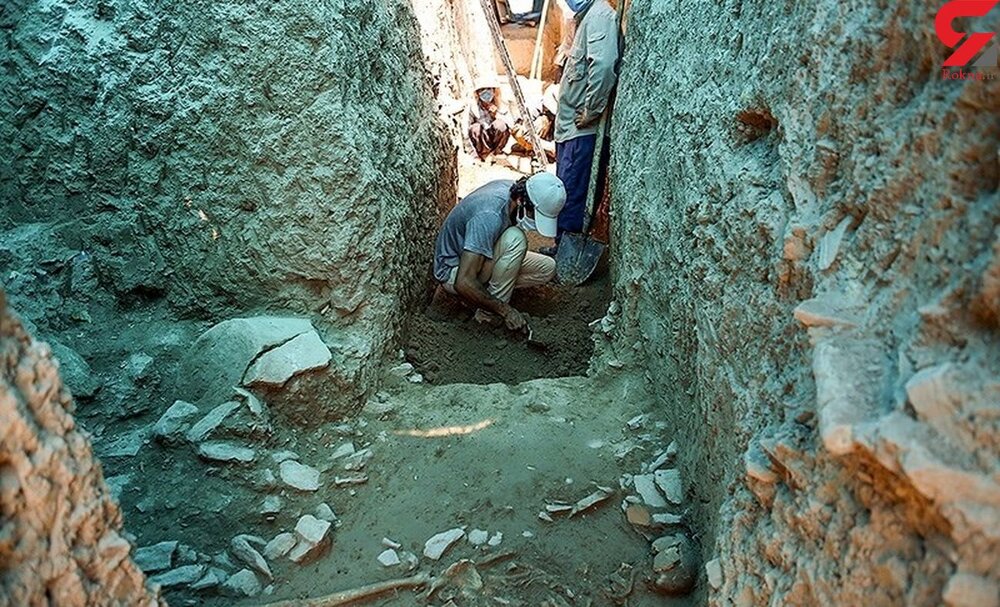Newly-unearthed ‘Parthian lady’ to be transferred to Isfahan museum

TEHRAN – A human skeleton which has recently been discovered during excavations at Tepe Ashraf in Isfahan and is believed to belong to a Parthian-era (247 BC – 224 CE) lady, will be transferred to the city’s Museum of Decorative Arts.
“Skeleton of Parthian-era lady will soon be transferred to the Museum of Decorative Arts in Isfahan from the site it was unearthed [a couple of weeks ago],” senior archaeologist Alireza Jafari-Zand said on Thursday.
A team of experts will be conducting an extensive study on the skeleton at the museum, a room of which has recently been dedicated to archaeologists, said Jafari-Zand who leads the archaeological survey at Tepe Ashraf.
The ancient hill originally measured some 13 ha in area, however, only seven hectares of it has been remained being owned by the provincial administrations (some six ha has been tuned into modern urban spaces).
Over the past weeks, a team of Iranian researchers, led by senior archaeologist Alireza Jafari-Zand, has found a new range of discoveries that offer novel clues about the history of Isfahan. They have also found an ancient burial containing the remains of a horse -- estimated to be four years old was found near a place where a giant jar-tomb was unearthed weeks earlier.
“Tepe Ashraf is the second place after the Tepe Sialk (in Isfahan province) that has yielded the discovery of such jar tombs that offers valuable clues to uncover the obscure history of pre-Islamic Isfahan,” according to the archaeologist.
Excavations at Tepe Ashraf initially began in 2010 when Jafari-Zand announced his team found evidence at the site suggesting that the Sassanid site had also been used during the Buyid dynasty (945–1055). “We stumbled upon a reconstructed part in the ruins of the castle, which suggests that the structure had been used during the Buyid dynasty.”
The Parthian Empire (247 BC – 224 CE), also known as the Arsacid Empire, was a major Iranian political and cultural power in ancient Iran. The Parthians largely adopted the art, architecture, religious beliefs, and royal insignia of their culturally heterogeneous empire, which encompassed Persian, Hellenistic, and regional cultures. At its height, the Parthian Empire stretched from the northern reaches of the Euphrates, in what is now central-eastern Turkey, to eastern Iran.
AFM/MG
Leave a Comment